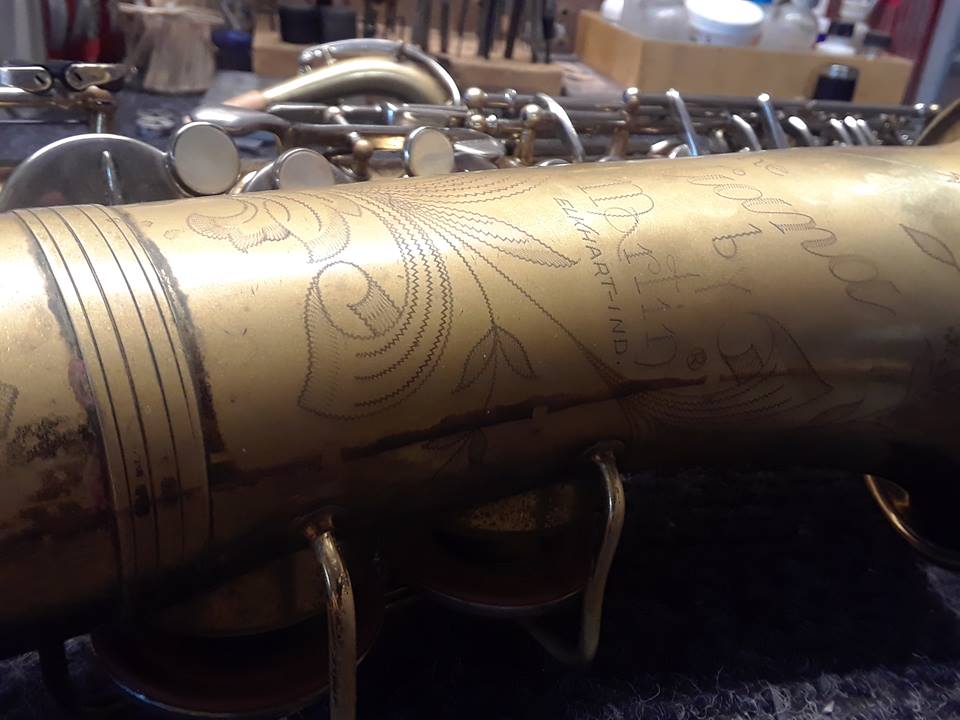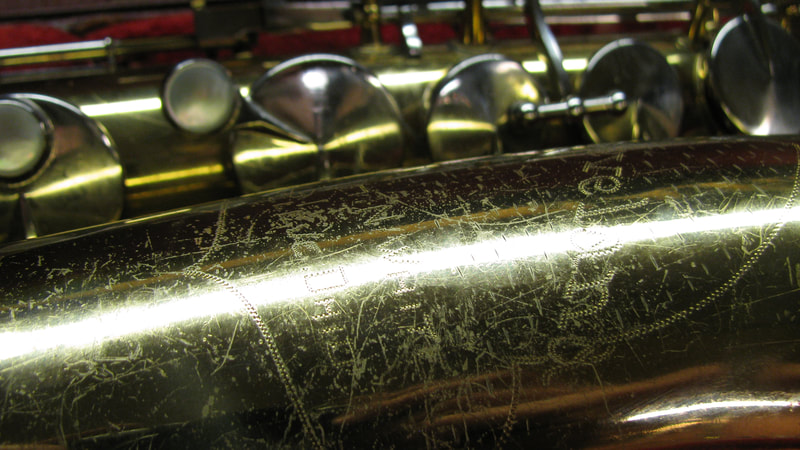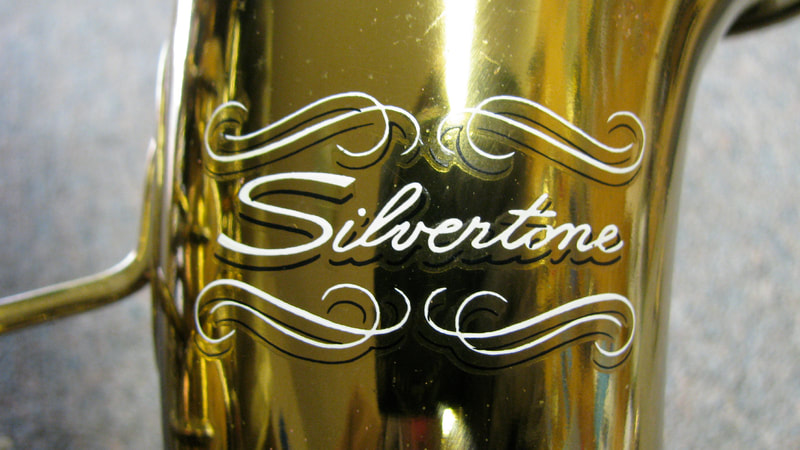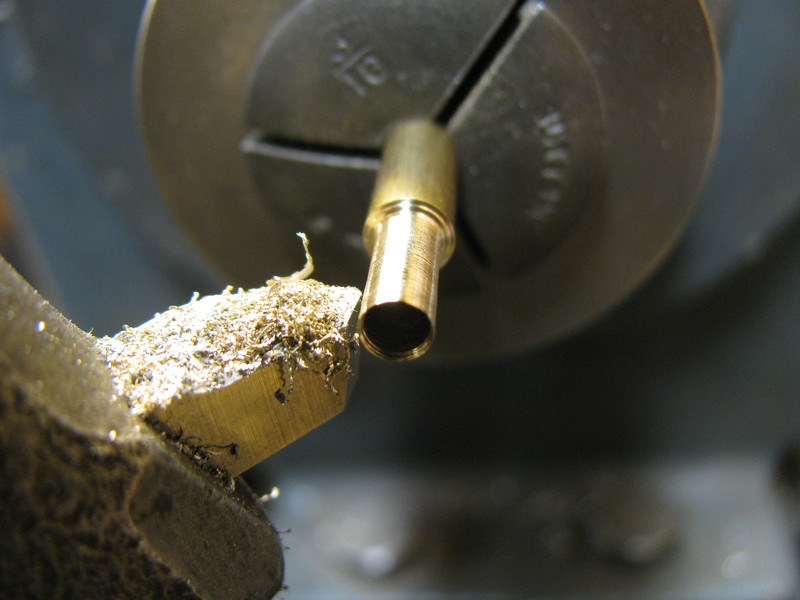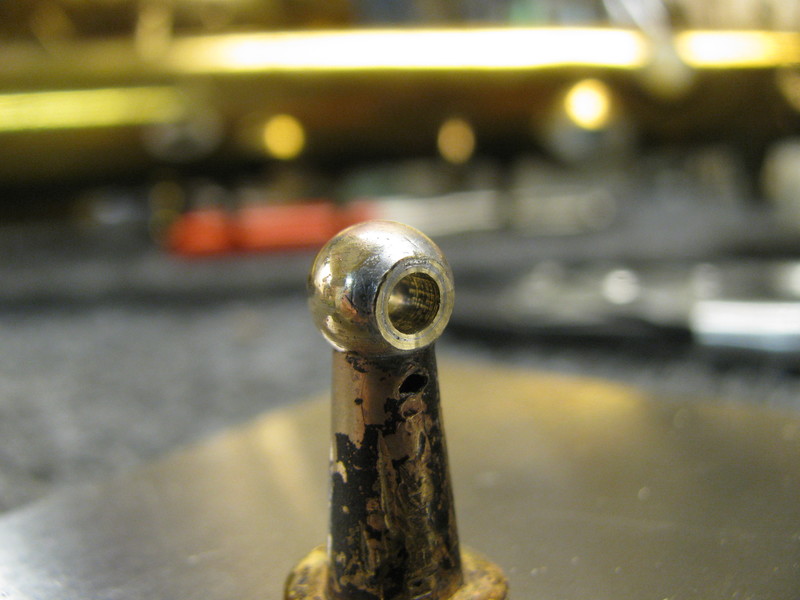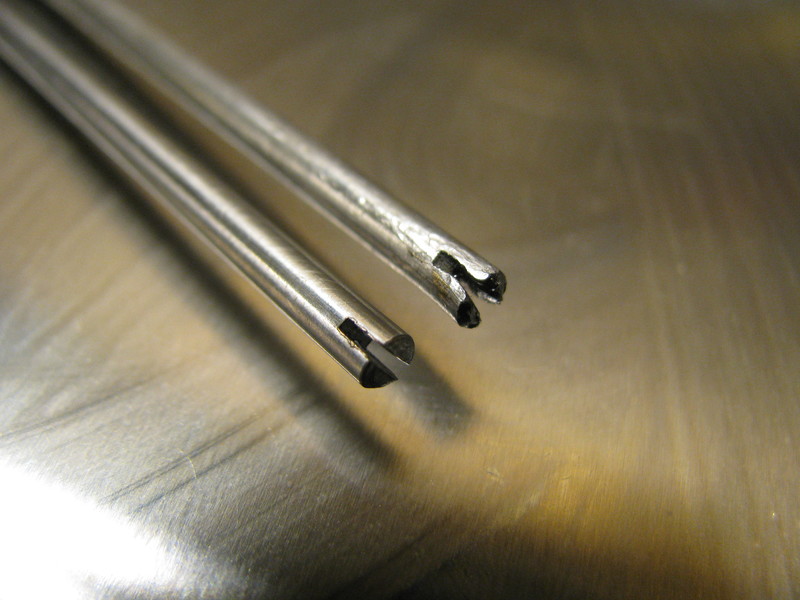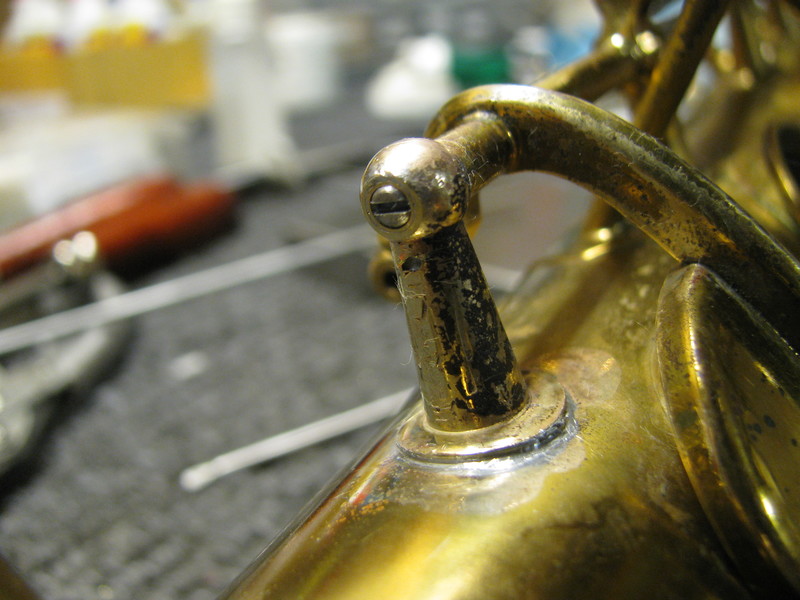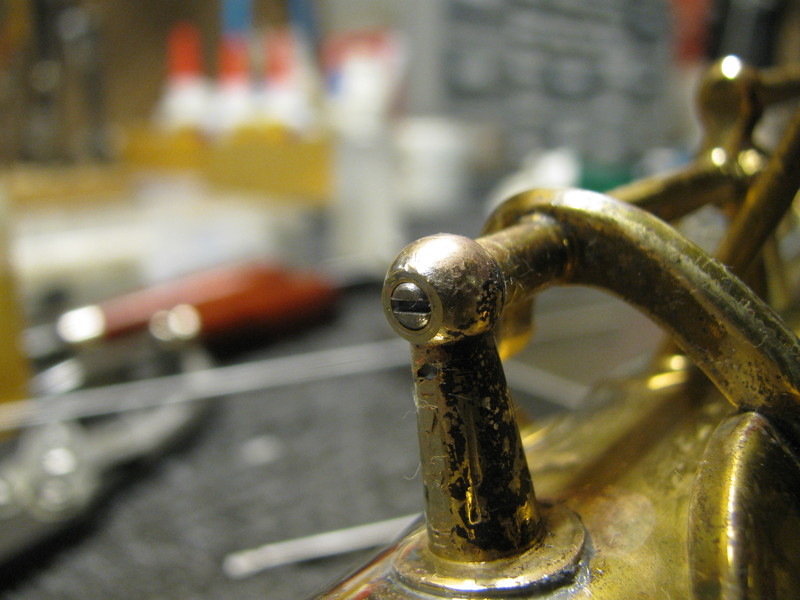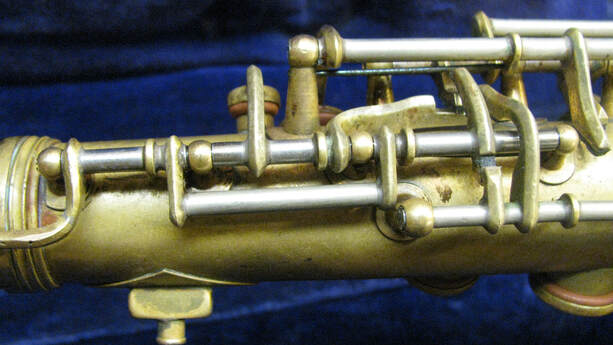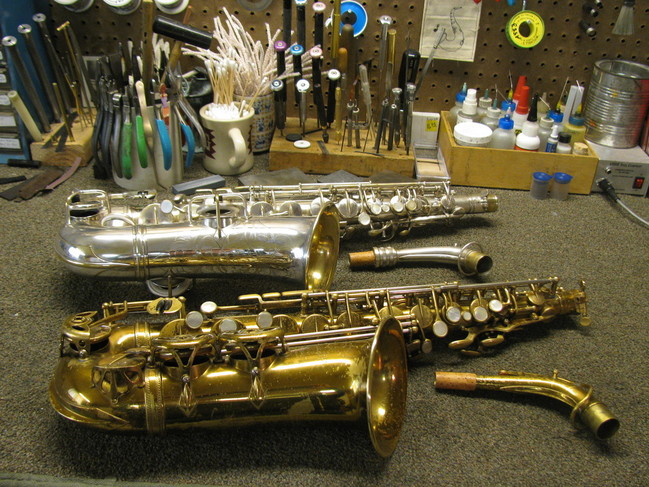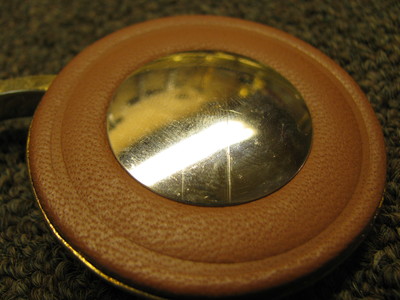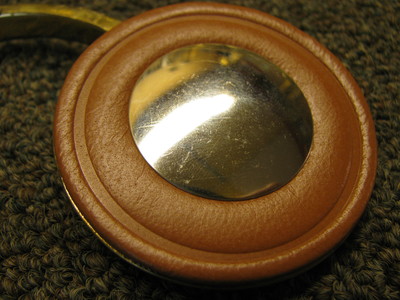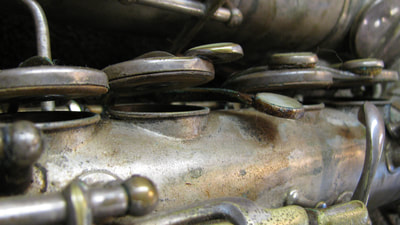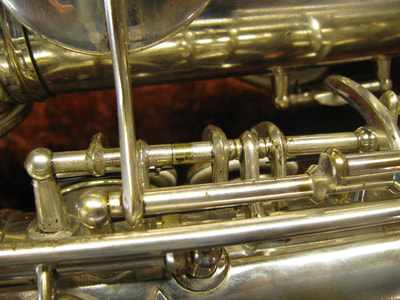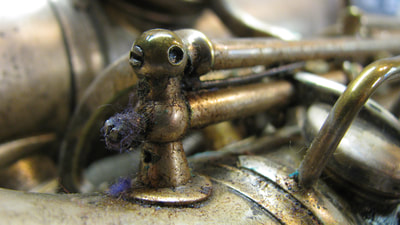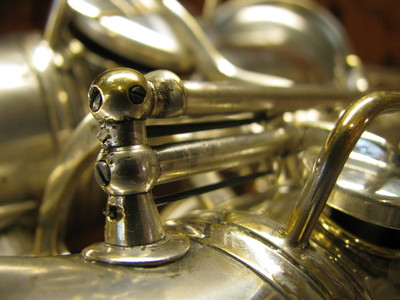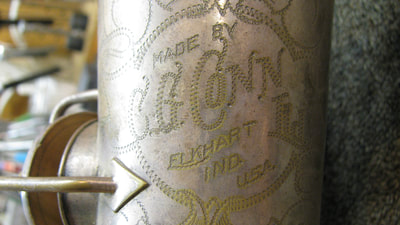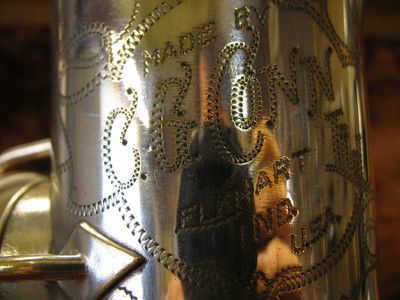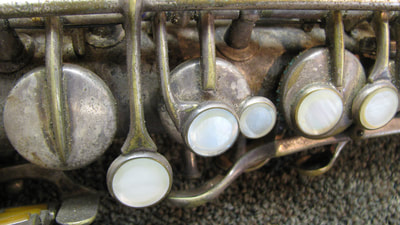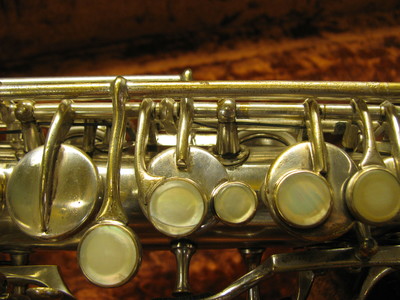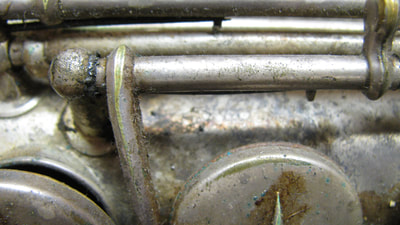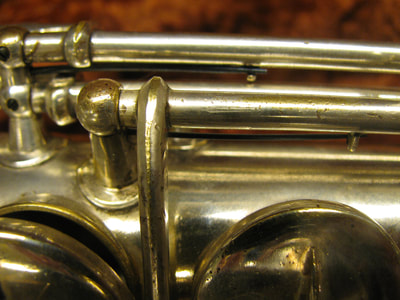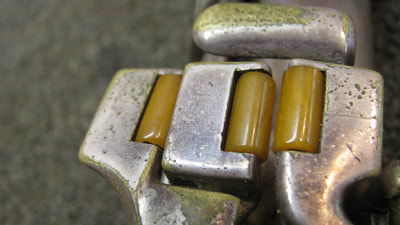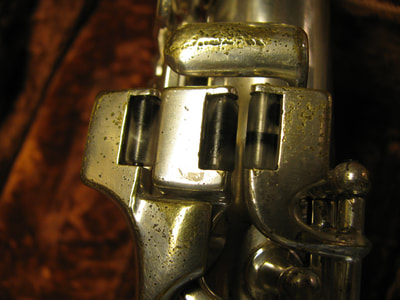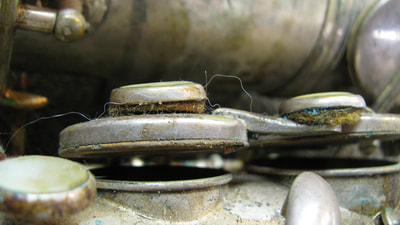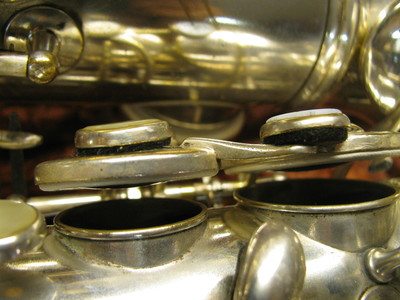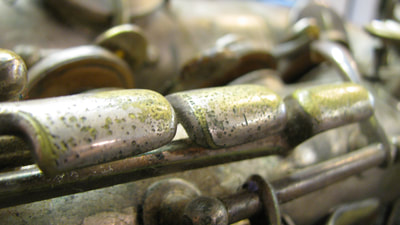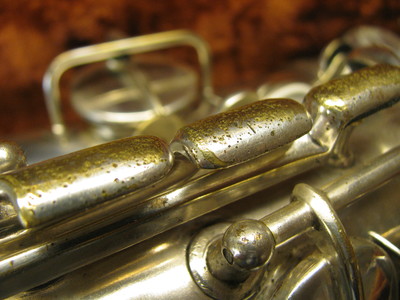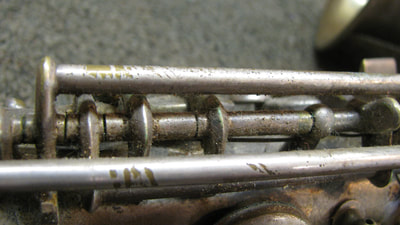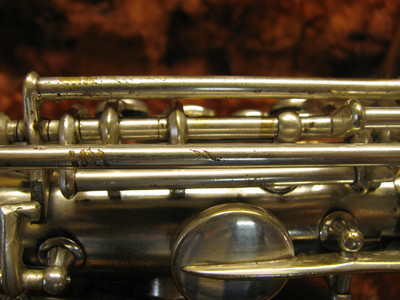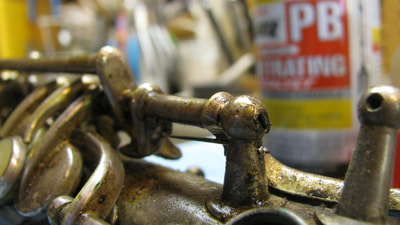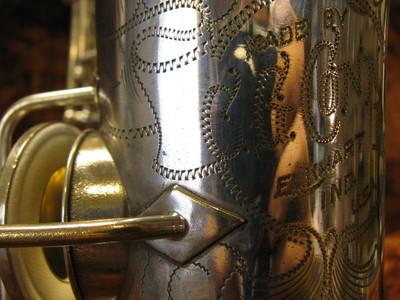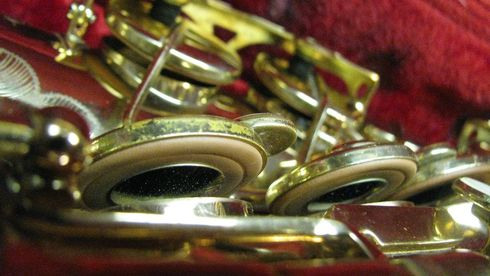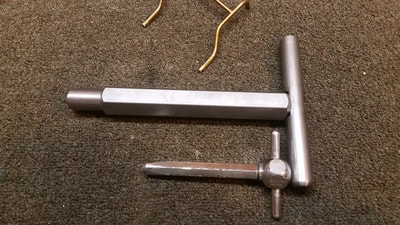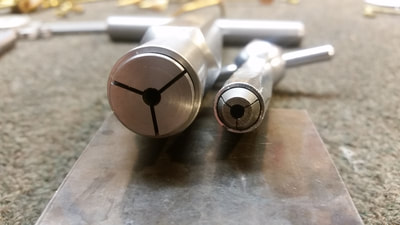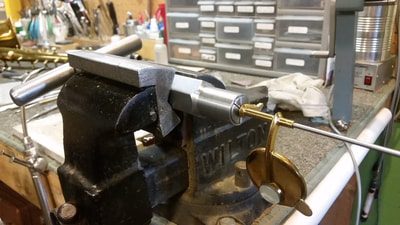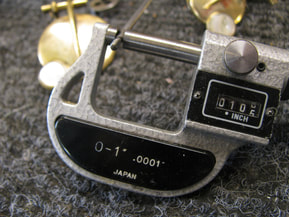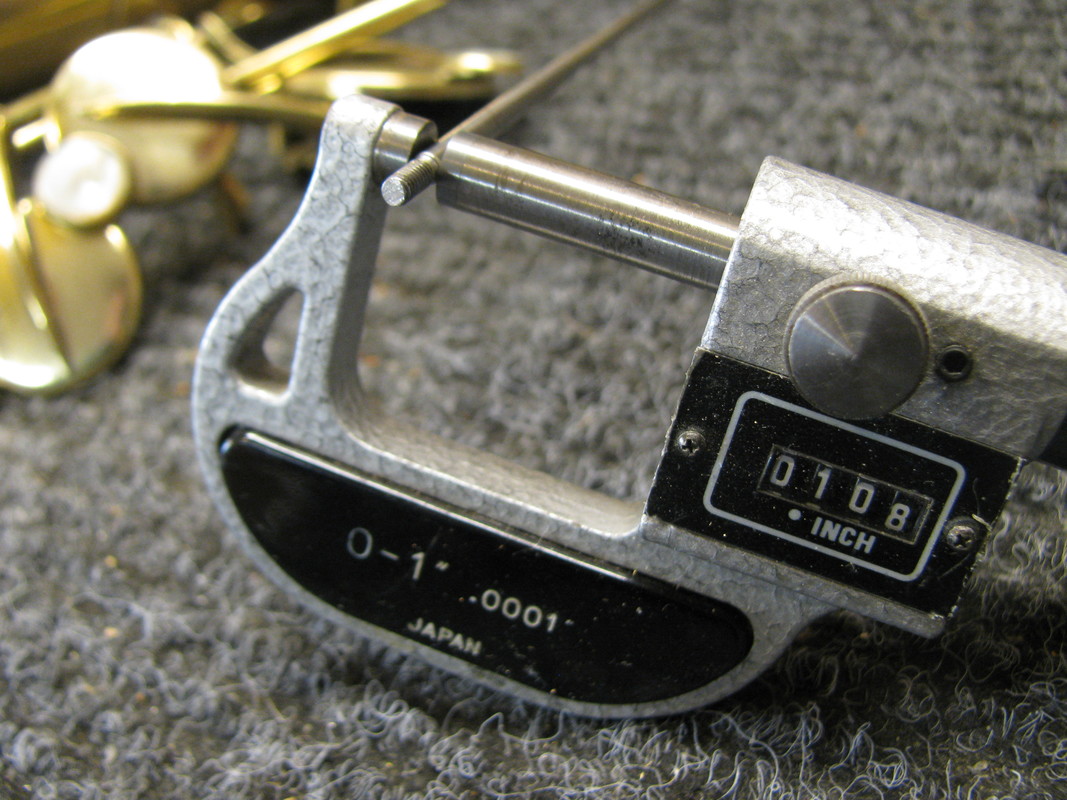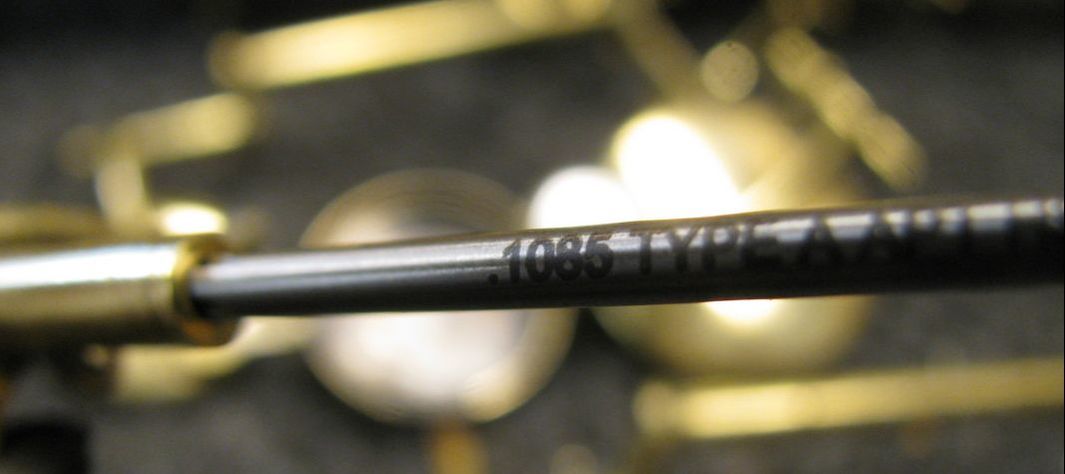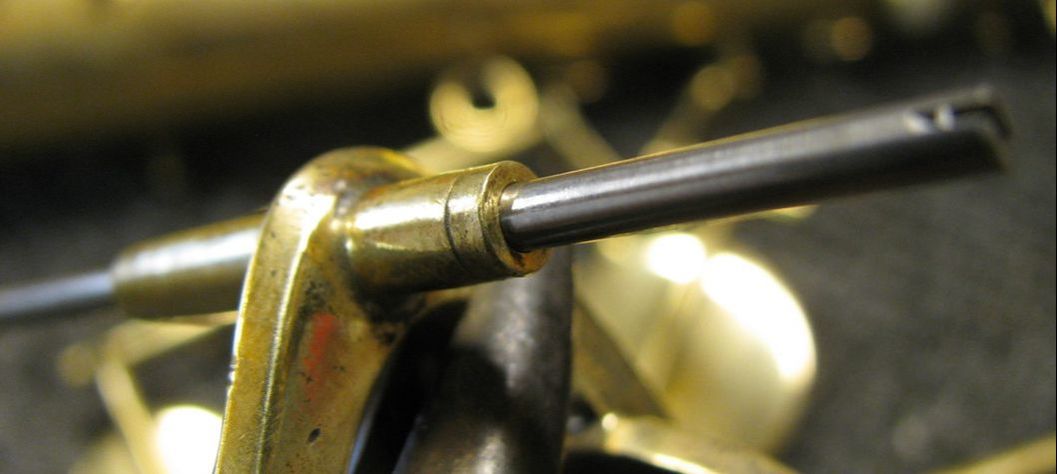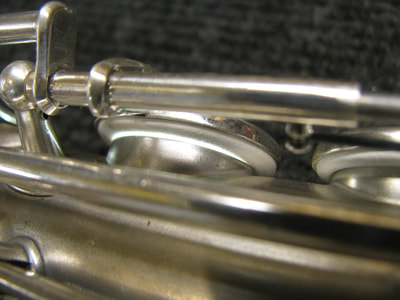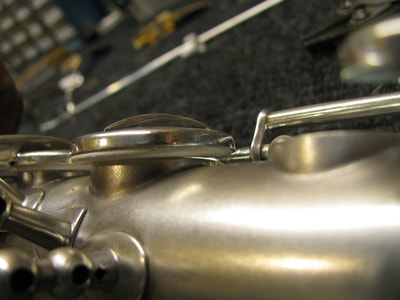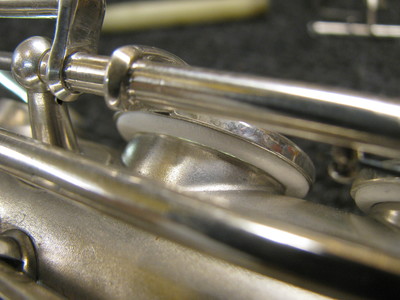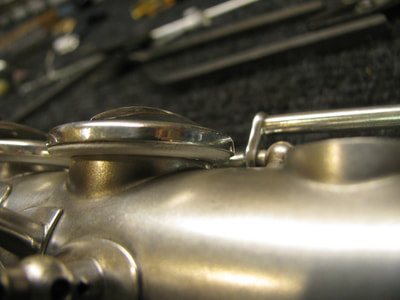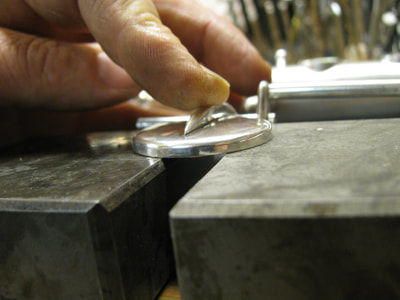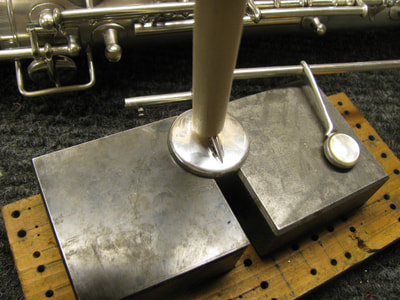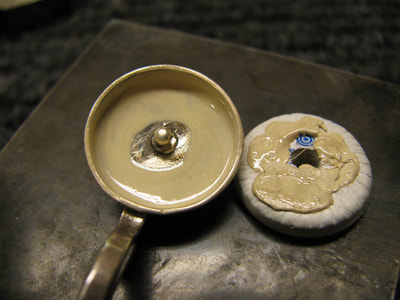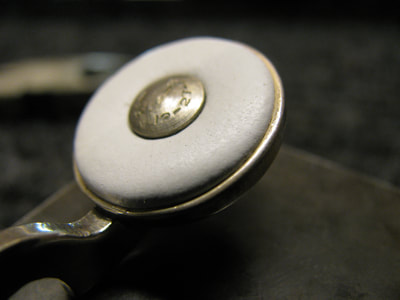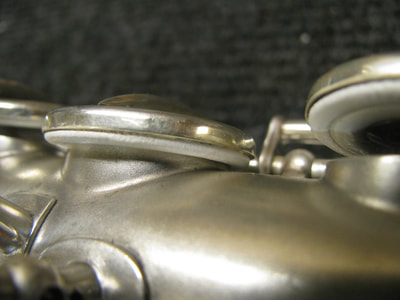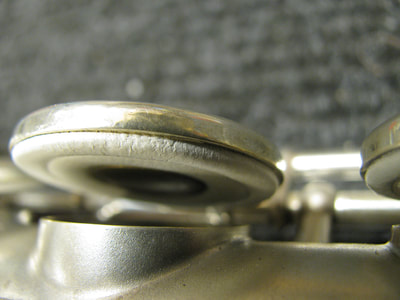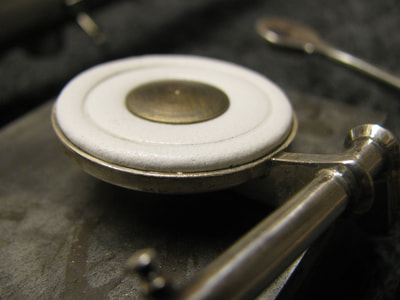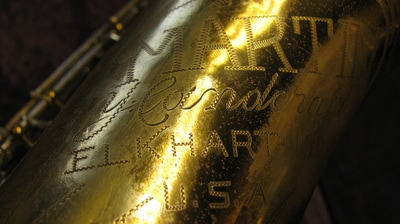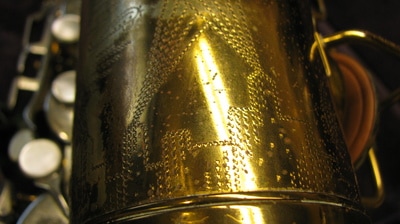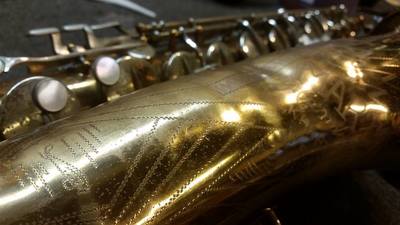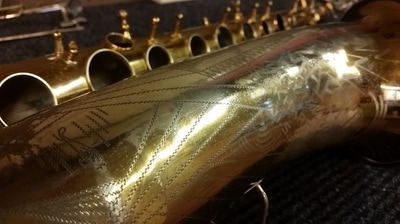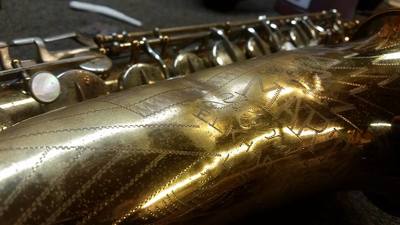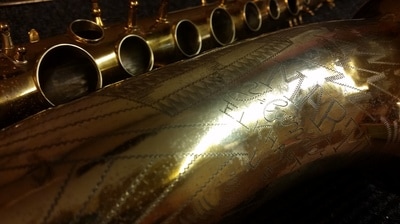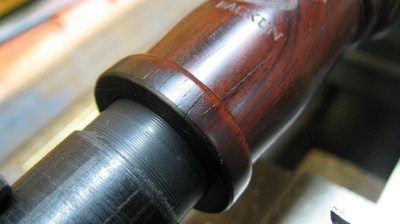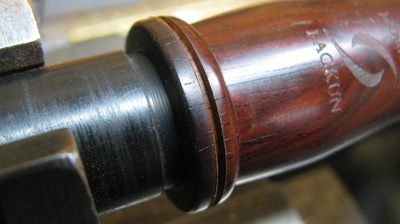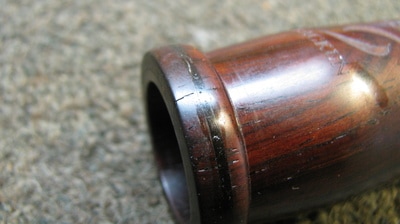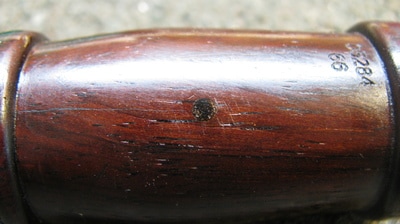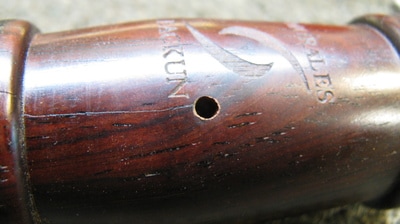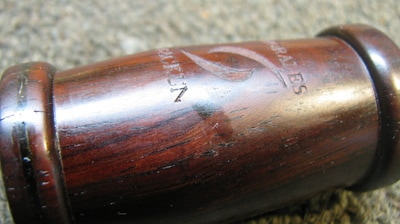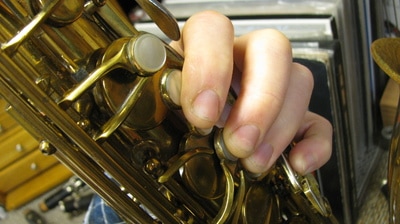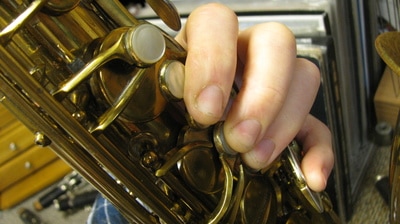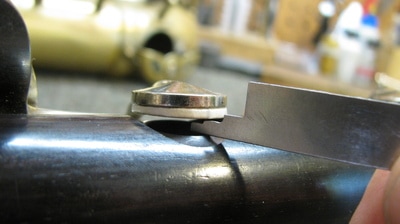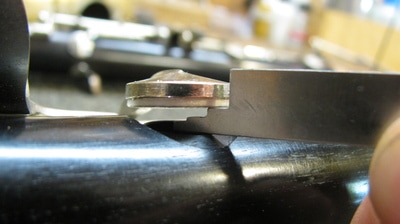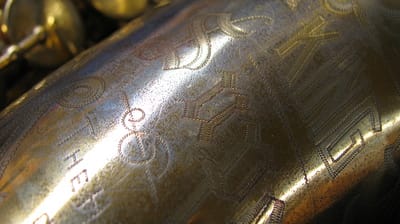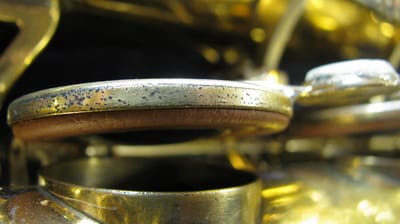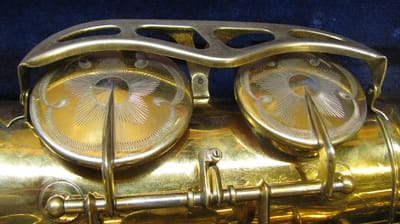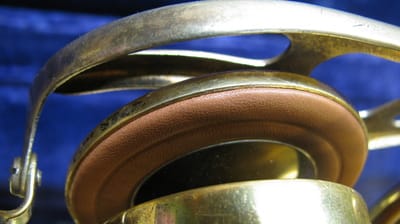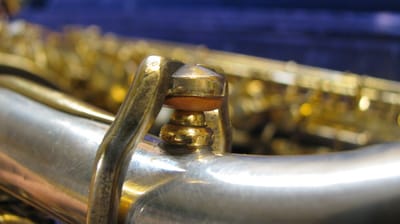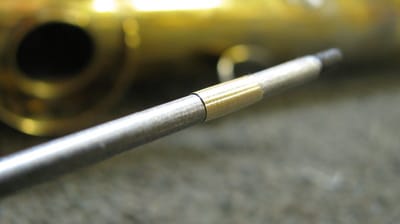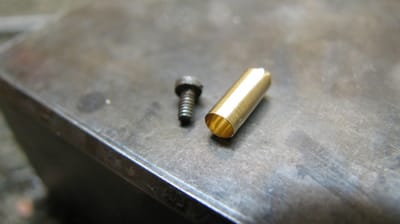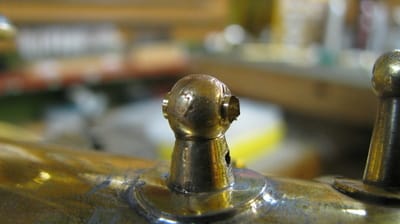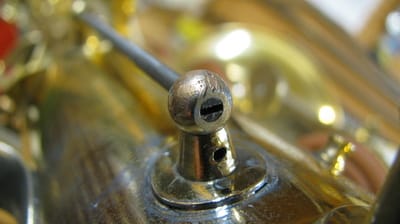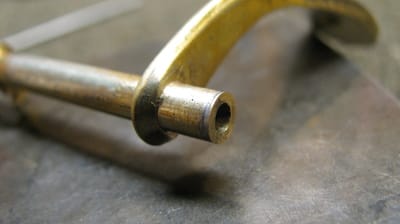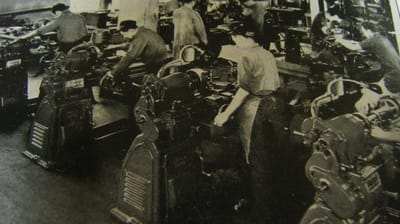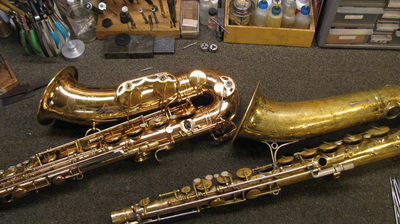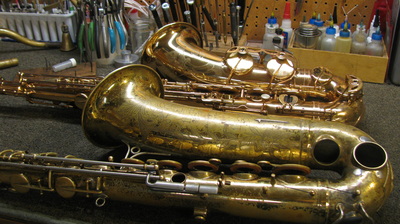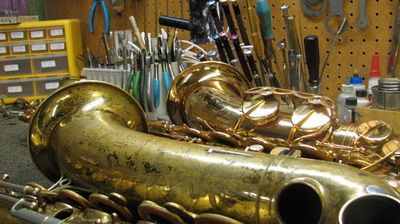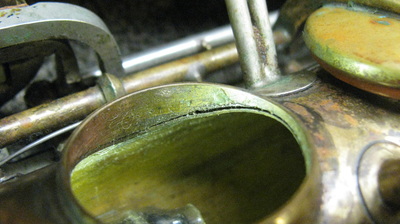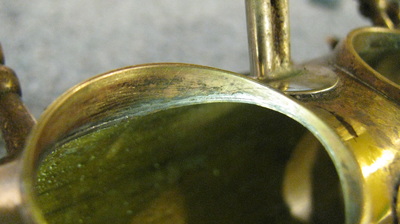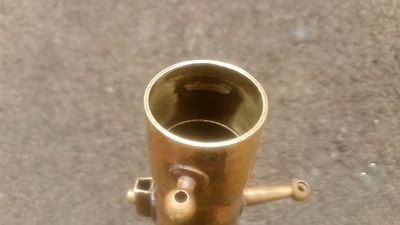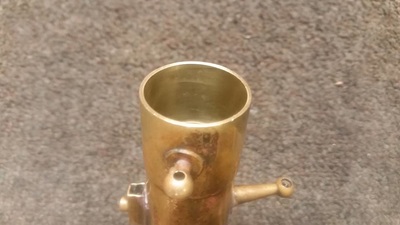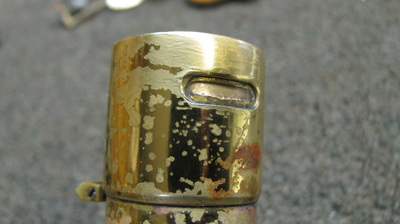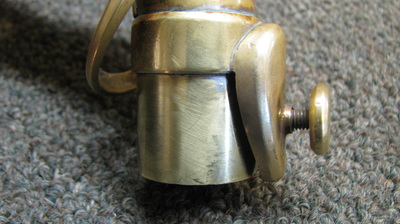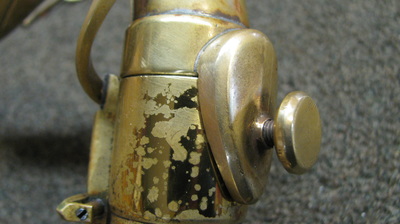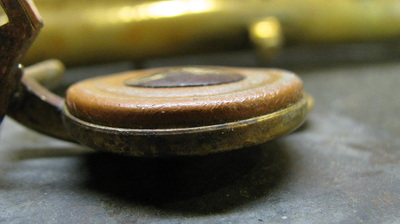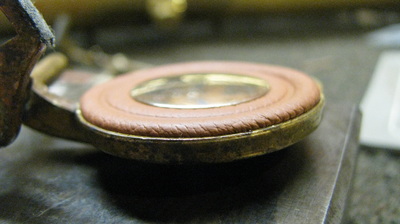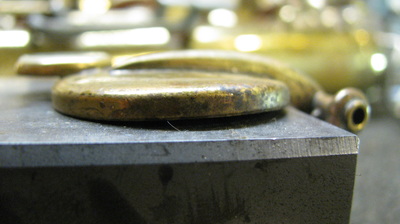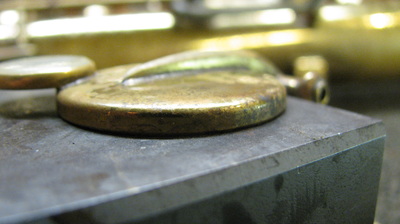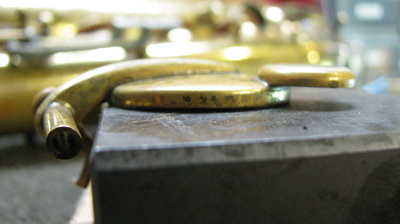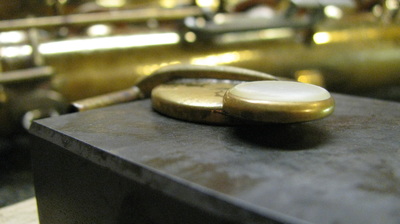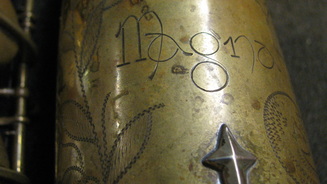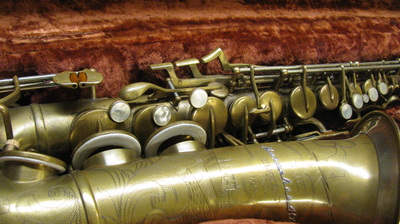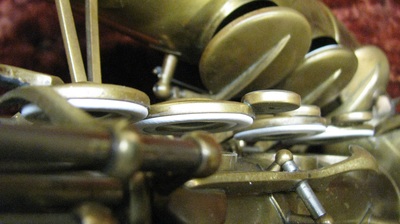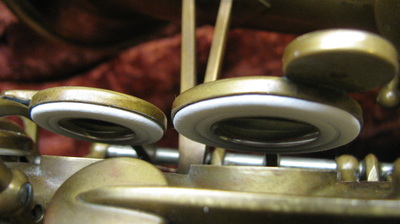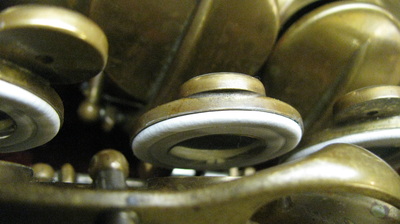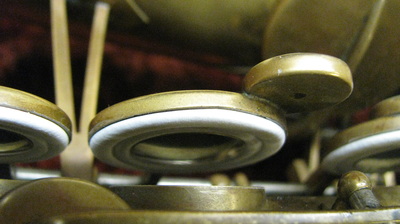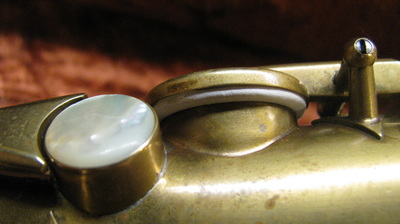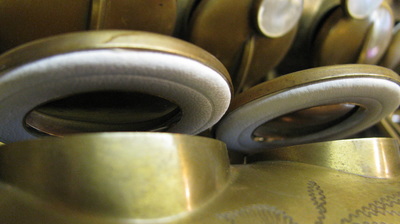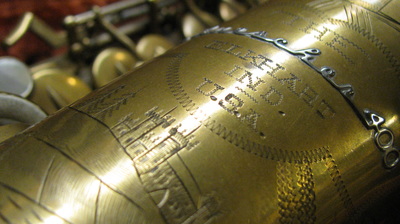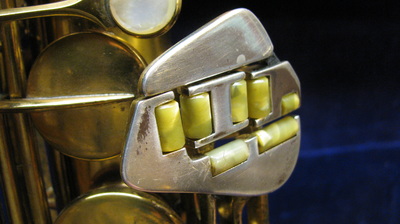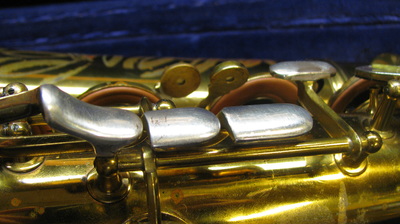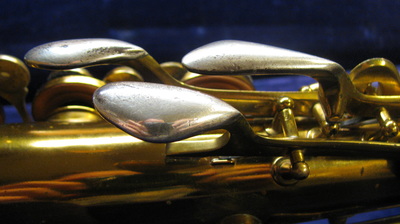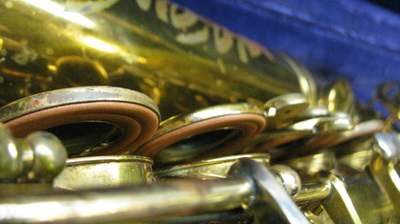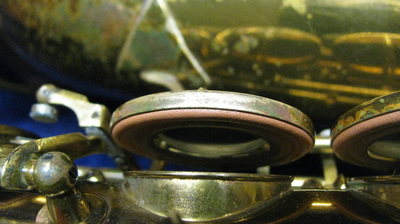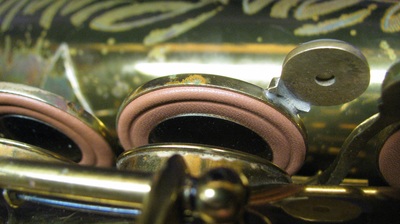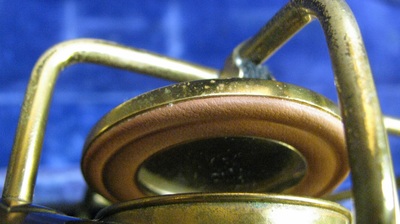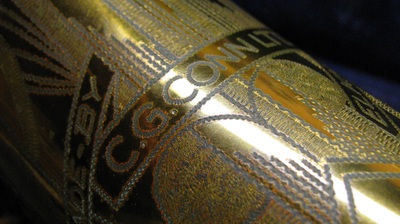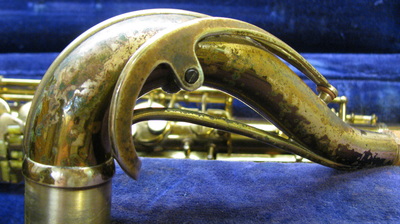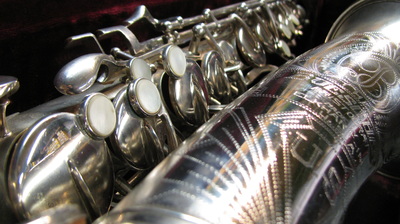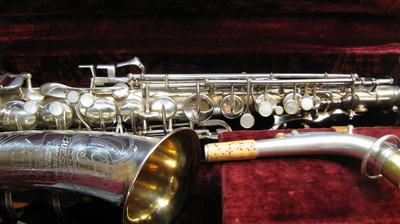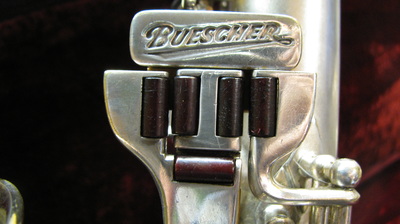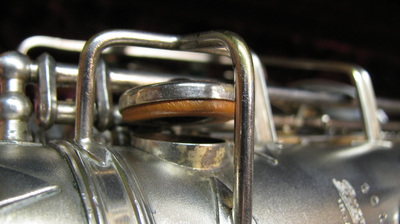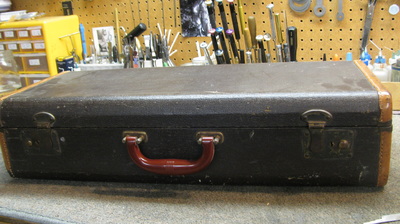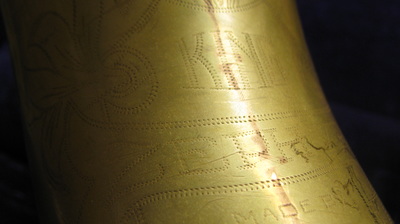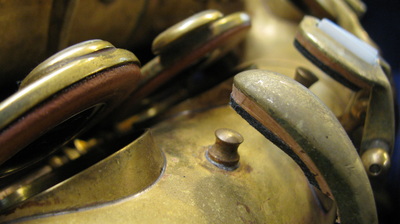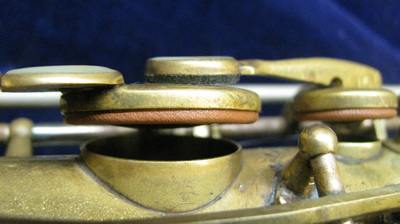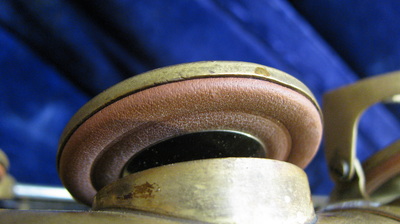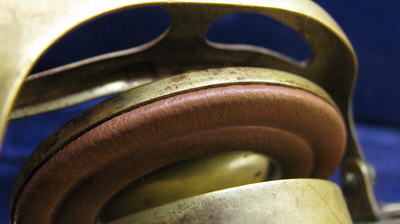Take the Martin Indiana in the gallery below as just one of many examples.
If it is set up properly, meaning, if a repair tech that cares enough to do the all the work genuinely required, and is paid to take the requisite time to execute the repairs, it will produce the same robustly round and rich saturated tone that The Committee III produces. It will also feel balanced, even, snappy, and positive under the fingers. And the eveness of its intonation would make a modern Yamaha engineer envious.
All this can be accomplished with even an Economy Overhaul. A Kitchen-Sink Full Mechanical Rebuild is not required, but at the very least an Economy Overhaul must be the investment.
Excuse me? Isn't playing a horn in proper adjustment a sufficient return on your investment?
And this is why very few people have played one in proper adjustment with tight keywork, and why they've never had the opportunity to say, "Oh My God....I didn't know..I had no idea these horns played so well." There are many others like this Indiana. In fact, all the horns featured in both the Galleries in these two articles fit this description.
Unfortunately a large part of the problem is the second question asked in such consultations is, "Well, how much is the horn worth?"
The question should be, "How much does the equivalent of this horn on the market today cost?"
Considering a Proper Overhaul will cost at least $1600-$1800, and weighing that against the fact that you couldn't buy a new horn as well made for that money in today's market, the answer should be easy. Especially when adding that the vintage "student" horn produces a sound that no modern horn can.
Don't skimp on the repair and you'll be much happier for much longer.
Dirty Secrets Part II
Acquisition Price + Proper Repair Costs > Resale Value
When you take the purchase price of your old student horn, old stencil, old re-lacquer, old Buescher, or even your newer student horn, or your 80's -90's era student horn and add it to the needed proper repair costs. The sum will ALWAYS be more than the resale price of the horn after the repairs. ALWAYS.
Oftentimes when people get the estimate of the needed proper repairs from their repair tech, it is natural for them to say, "I don't know...that price seems high. Is it worth it?"
The answer is, "It is if what you want to do is play it."
There is no shortage of confusion or misleading information regarding this question and it comes when the above equation is flipped. How do you flip it?
Reduce the repair costs.
Lots of horns are given bare minimum tune ups in the interest of flipping and making profit. Unfortunately their sale descriptions sometimes omit the repairs NOT done. These sales ALWAYS produce a profit. I see these horns in my shop routinely when buyers are seeking confirmation that there is something wrong with the horn.
This of course is not so much a dirty secret, but a reality that many people either 1.) Refuse to acknowledge, 2.) Actively and deliberately obfuscate in the hopes of making profit on sales, Or 3.) simply do not know because
Incidentally, that sum will very often be higher than the resale price even if your horn is a well made vintage professional model. Of course, there are vintage professional horns that do not fit this equation due to either market irrationality or scarcity. Such as Supers, BA's, SBA's, 5-digit VI's, Super 20's and Silversonics, rare gold plated Artist Models, and other horns that you are not going to buy anyway because their as-is-not-functioning price is way higher than most people are willing to spend to begin with. This article is not concerned with these high dollar horns.

